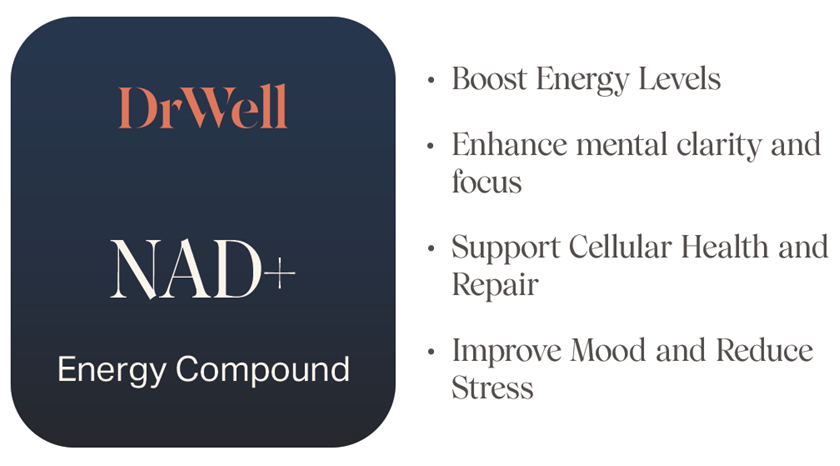Just recently, Earl K. Long Hospital in Baton Rouge, LA, the “charity hospital” of Baton Rouge for the under and uninsured, closed. In a very coordinated and labor intensive transition orchestrated by Our Lady of the Lake Hospital, the patients have been given more treatment options. The transition was supposed to occur in October but this was moved up to mid-April 2013.
Video
Many in the region were worried that the closure of this hospital would widen the healthcare gap between the haves and have-nots but this is a short sighted concern. Sure, the main hospital that provided care to the poor and uninsured was closing but those patients were given replacement healthcare options. Most importantly, the largest private hospital in the State of Louisiana, Our Lady of the Lake Regional Medical Center absorbed all of the inpatients from Earl K. Long Hospital and absorbed all of the residency programs that train new doctors for various fields. Not only did Our Lady of the Lake address the vacuum left by the closure of the inpatient units and residency training programs, but they also, in a very farsighted move in my opinion, opened an Urgent Care Center within the Outpatient Clinic center just a few blocks away from the shuttered hospital. Our Lady of the Lake (OLOL) recognized that transportation would be an issue getting across town to the main OLOL campus which is why they placed the Urgent Care and Clinics in the same neighborhood as the now-closed hospital. But the 1980’s adage of “if you build it, they will come” wasn’t enough. OLOL also started a city-wide advertising campaign to educate the public on the newly named LSU Health Baton Rouge that provided for five clinic locations, a pharmacy, and an Urgent Care Center. There’s even a website to help the public find where to access healthcare in the Baton Rouge area.
But before I address the title given to this article, I think it’s ironic that so many in the community were fighting against the closure of Earl K. Long because of the thought that the poor and uninsured would no longer have access to healthcare. When in fact, an old substandard building with limited resources (ineffective air conditioning, power outages, limited access to radiological services and other subspecialties) was being replaced with a state-of-the-art hospital, urgent care center, pharmacy and updated outpatient clinics. I would argue that there has never been a more concerted attempt to narrow the healthcare gap in Baton Rouge. While the building has closed, the patients, medical education residency programs and educators are still creating an incredible healthcare experience for all involved.
There is still work to be done. Despite the overwhelmingly efficient and effective preparation and transition undertaken by Our Lady of the Lake, patients still aren’t sure where to go. As a plastic surgeon that takes ER call for traumatic facial injuries at Our Lady of the Lake, I’ve noticed something different with the consults I’ve been getting from the ER since the transition in mid-April. Whenever I review a patients CT scan on the computer to evaluate the facial fractures for which I’ve been consulted, I notice how many previous visits these patients have had in the ER. Before the transition, most facial trauma patients had no previous visits to the ER. But since the transition, I’m noticing that many of the facial trauma patients I’m called to see in the Our Lady of the Lake ER have been seen multiple times in this ER for non-emergent issues – multiple times since mid-April! What I think this shows is that I’m seeing more facial trauma patients that would have normally been seen at Earl K. Long before it closed. And those patients were more likely to seek their primary care from the ER, not an outpatient clinic. And now since the transition, those same patients are finding old habits hard to break – they continue to seek their primary care from the ER.
The city-wide advertising campaign that I mentioned before has to work eventually. With continued education, these patients, I have to believe, will recognize that there are better places to seek non-emergent care than in an emergency room. Maybe it’s time for representatives of LSU Health Baton Rouge to spread across the city and speak at schools and churches to promote the Urgent Care Center and outpatient clinics for those patients most affected by the closure of Earl K. Long.
While the transition above refers to the scenario that is currently unfolding in Baton Rouge, Louisiana, as healthcare budgets contract in many states, this same scenario will inevitably occur across the country.



